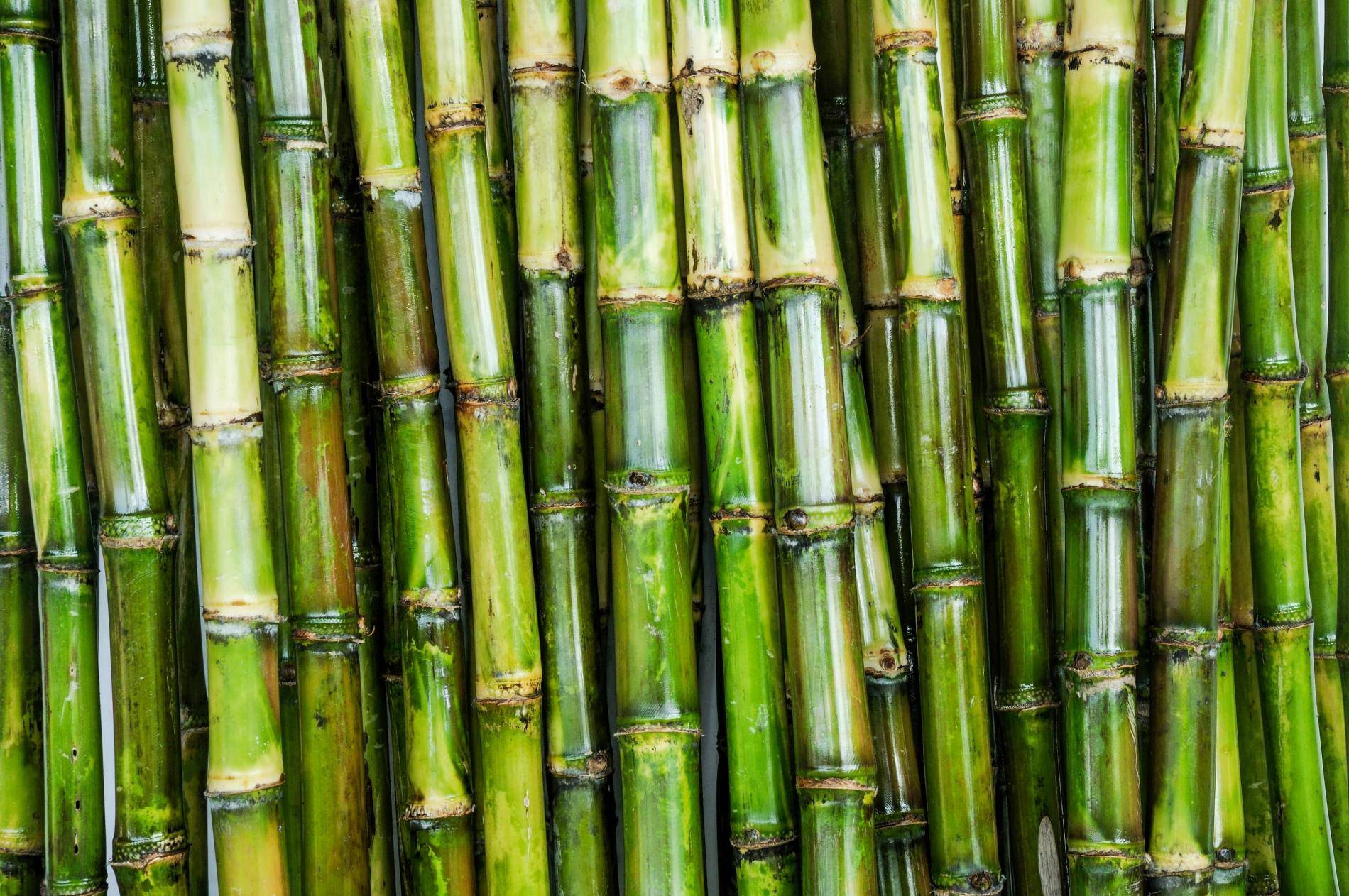An Extensive Guide to the Environmental Effect and Sustainability Practices in Walking Cane Sugar Handling
The ecological influence of cane sugar processing provides an intricate selection of challenges that warrant careful assessment. From dirt degradation and excessive water usage to the carbon footprint associated with cultivation and production, the consequences of traditional practices are far-reaching. In comparison, the fostering of ingenious sustainability measures uses a pathway toward much more responsible production approaches. Recognizing the interaction in between these problems is vital for stakeholders in the sector. What certain methods can be executed to strike a balance between productivity and environmental stewardship? The answers depend on a better check out both the difficulties and potential solutions.
Introduction of Walking Stick Sugar Handling
Walking stick sugar processing includes a series of organized steps that change sugarcane into refined sugar. Originally, harvested sugarcane is transported to refining facilities, where it undergoes cleaning up to eliminate dirt and debris. Following this, the cane is squashed to extract juice, which is then cleared up by removing impurities via heating and the enhancement of lime.
The cleared up juice undertakes dissipation, where water is gotten rid of to concentrate the sugar material. This concentrated syrup is after that crystallized via cooling, allowing sugar crystals to create. These crystals are separated from the staying syrup using centrifugation, causing raw sugar. To achieve polished sugar, the raw product goes through further filtration processes, which might consist of filtering system and washing to get rid of remaining impurities and color.
The end product is then dried out and packaged for circulation. Throughout this whole process, preserving effectiveness and high quality control is necessary to ensure the sugar fulfills sector standards. Each action in cane sugar handling not only adds to the end product but likewise has implications for source use and waste generation, setting the phase for discussions on sustainability and ecological influences connected with sugar production.
Environmental Challenges of Manufacturing
The manufacturing of walking cane sugar offers numerous significant environmental challenges that warrant attention. One key issue is the comprehensive use of agrochemicals, including fertilizers and pesticides, which can cause dirt degradation, biodiversity loss, and contamination of local water resources. The runoff from sugarcane areas typically brings these chemicals into nearby environments, disrupting water life and influencing the wellness of areas reliant on these water bodies.
An additional challenge is the high power consumption associated with sugarcane processing. The boiling and refining phases require substantial warm, primarily created by melting nonrenewable fuel sources, adding to greenhouse gas exhausts. In addition, the large land area needed for sugarcane growing can lead to logging and environment destruction, further worsening environment adjustment and harmful wild animals.
In addition, the labor methods in some areas raise honest worries, as workers might face inadequate working problems and poor wages. This scenario usually perpetuates a cycle of destitution in local communities. Cane Sugar Processing. Resolving these environmental difficulties is vital for developing much more lasting techniques in walking stick sugar production, inevitably profiting both the environment and the communities involved in this industry
Water and Land Usage Impact
Water sources and land utilization are crucial parts in the walking stick sugar industry that substantially impact the setting. The cultivation of sugarcane requires significant water input, with price quotes suggesting that it can consume up to 2,000 litres of water per kilo of sugar created. This extensive use water frequently causes deficiency of regional water resources, influencing not only the sugarcane haciendas but likewise bordering environments and areas that count on the exact same water resources for agriculture and domestic usage.

In addition, land use for sugarcane growing can cause deforestation and the conversion of natural habitats into monoculture haciendas. This method diminishes biodiversity, interferes with local communities, and adds to soil degradation. The development of sugarcane areas frequently intrudes on beneficial farming land, producing competition for sources between food and biofuel production.
Lasting techniques, such as optimizing irrigation strategies and carrying out plant rotation, are essential to alleviate these impacts. By adopting extra efficient water use and land management approaches, the walking cane sugar industry can decrease its eco-friendly footprint, guaranteeing an equilibrium in between agricultural performance and ecological preservation.
Greenhouse Gas Emissions
Greenhouse gas emissions represent a considerable environmental concern within the walking stick sugar handling market, particularly as agricultural methods increase to meet international need. The growing of sugarcane, a plant that grows in tropical climates, relies greatly on artificial fertilizers and chemicals, which add to nitrous oxide exhausts. Furthermore, land-use adjustments, consisting of logging for new sugarcane plantations, launch carbon dioxide stored in greenery and dirt.
Throughout handling, power intake is an additional significant resource of greenhouse gas emissions - Cane Sugar Processing. Several sugar mills use fossil gas to power equipment and generate heat, leading to substantial carbon impacts. Furthermore, the transport of raw sugarcane and completed products includes layers of discharges through fuel combustion in vehicles
The cumulative impact of these emissions intensifies environment adjustment, positioning threats not just to the setting however additionally to the long-term viability of the market. Stakeholders should recognize the immediate need for comprehensive strategies that resolve these exhausts. This involves evaluating present farming techniques, processing methods, and transport systems to identify areas for renovation and mitigation. Addressing greenhouse gas discharges is vital for cultivating a more lasting walking stick sugar industry in an altering environment.

Sustainable Practices and Innovations
Lasting methods and advancements are increasingly essential in the walking stick sugar processing market as stakeholders seek to lower environmental influences while preserving productivity. One considerable development is the application of incorporated plant monitoring, which maximizes More Help source use by incorporating dirt administration, pest control, and crop rotation strategies. This technique boosts yield while lessening chemical inputs and preserving soil wellness.
Additionally, the fostering of sustainable power sources, such as biomass from sugarcane residues, has actually gained grip - Cane Sugar Processing. By transforming waste items right into power, processing centers can lower their reliance on nonrenewable fuel sources, therefore lowering greenhouse gas discharges
Water monitoring practices have additionally seen enhancements with the recycling and reusing of water in handling plants, substantially lowering freshwater consumption. Advancements in modern technology, such as accuracy agriculture, enable farmers to keep an eye on plant wellness and resource usage better, making certain sustainable cultivation practices.
Additionally, accreditation programs like Fair Profession and Rain forest Partnership urge environmentally responsible farming practices and promote social equity within the supply chain. By accepting these sustainable methods and advancements, the walking cane sugar handling sector can enhance its resilience and contribute positively to ecological stewardship.
Verdict
The ecological influence of walking cane sugar handling provides considerable difficulties, including soil degradation, high water consumption, and greenhouse gas emissions, alongside ethical concerns related to labor practices. Addressing these concerns via lasting methods, such as integrated crop management, renewable resource fostering, and water recycling, is important. By advertising socially fair and ecologically accountable methods in sugar manufacturing, the market can reduce its adverse effects, making certain a much more sustainable future for both ecosystems and areas involved in this field.
Walking stick sugar processing entails a series of organized actions that transform sugarcane right into refined sugar. Each action in walking stick sugar handling not just contributes to the last product yet likewise has implications for resource use and waste generation, establishing the stage see post for conversations on sustainability and environmental effects associated with sugar manufacturing.
Greenhouse gas emissions stand for a significant ecological issue within the walking cane sugar processing sector, particularly as farming practices broaden to fulfill worldwide need.Sustainable methods and developments are significantly important in the click here to read walking cane sugar processing market as stakeholders look for to decrease ecological influences while maintaining performance.The ecological effect of walking cane sugar processing provides substantial challenges, including dirt degradation, high water usage, and greenhouse gas exhausts, alongside ethical worries connected to labor methods.